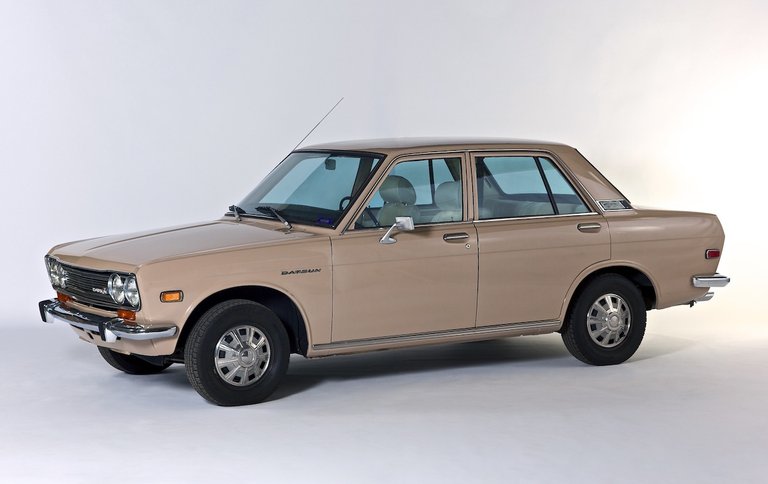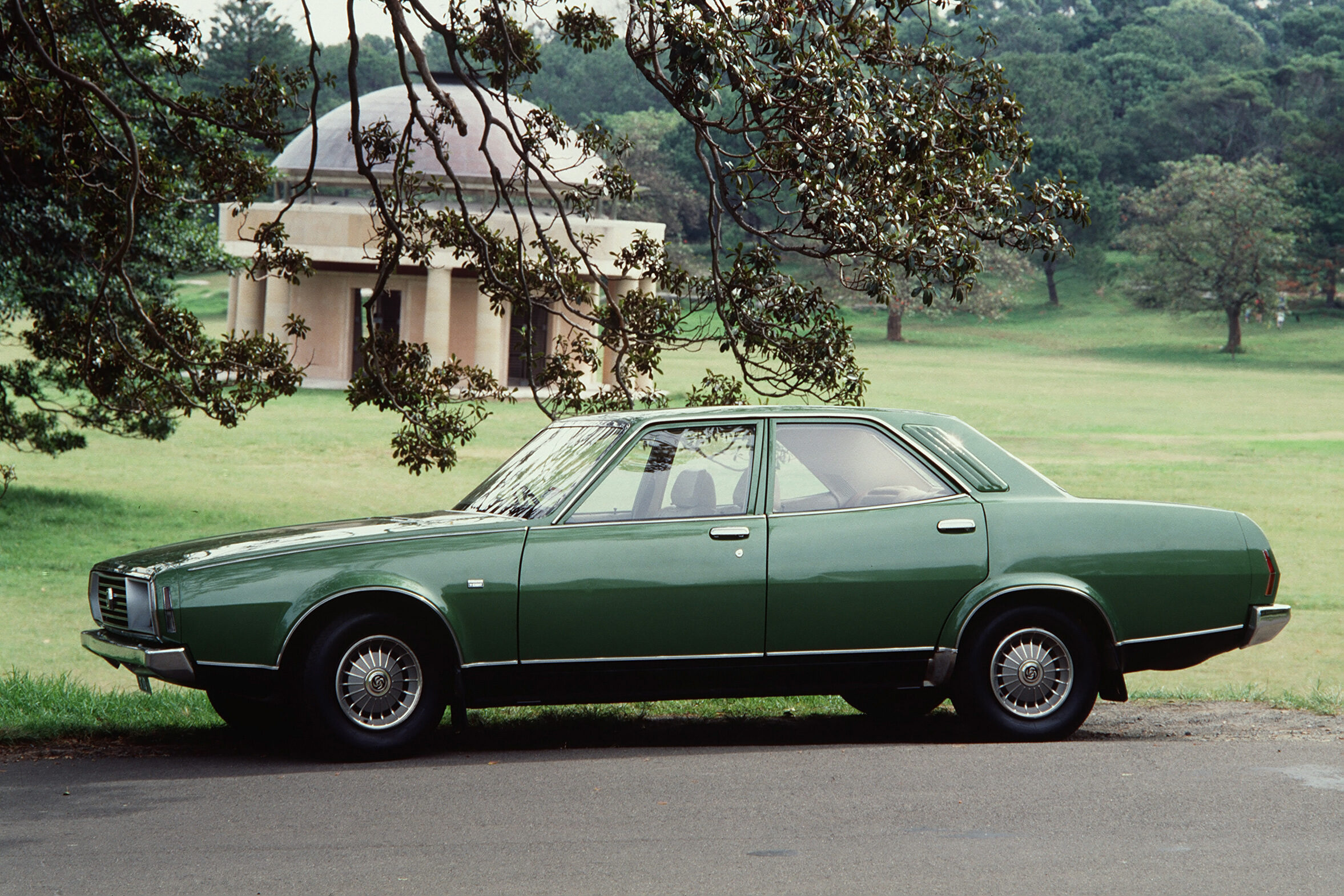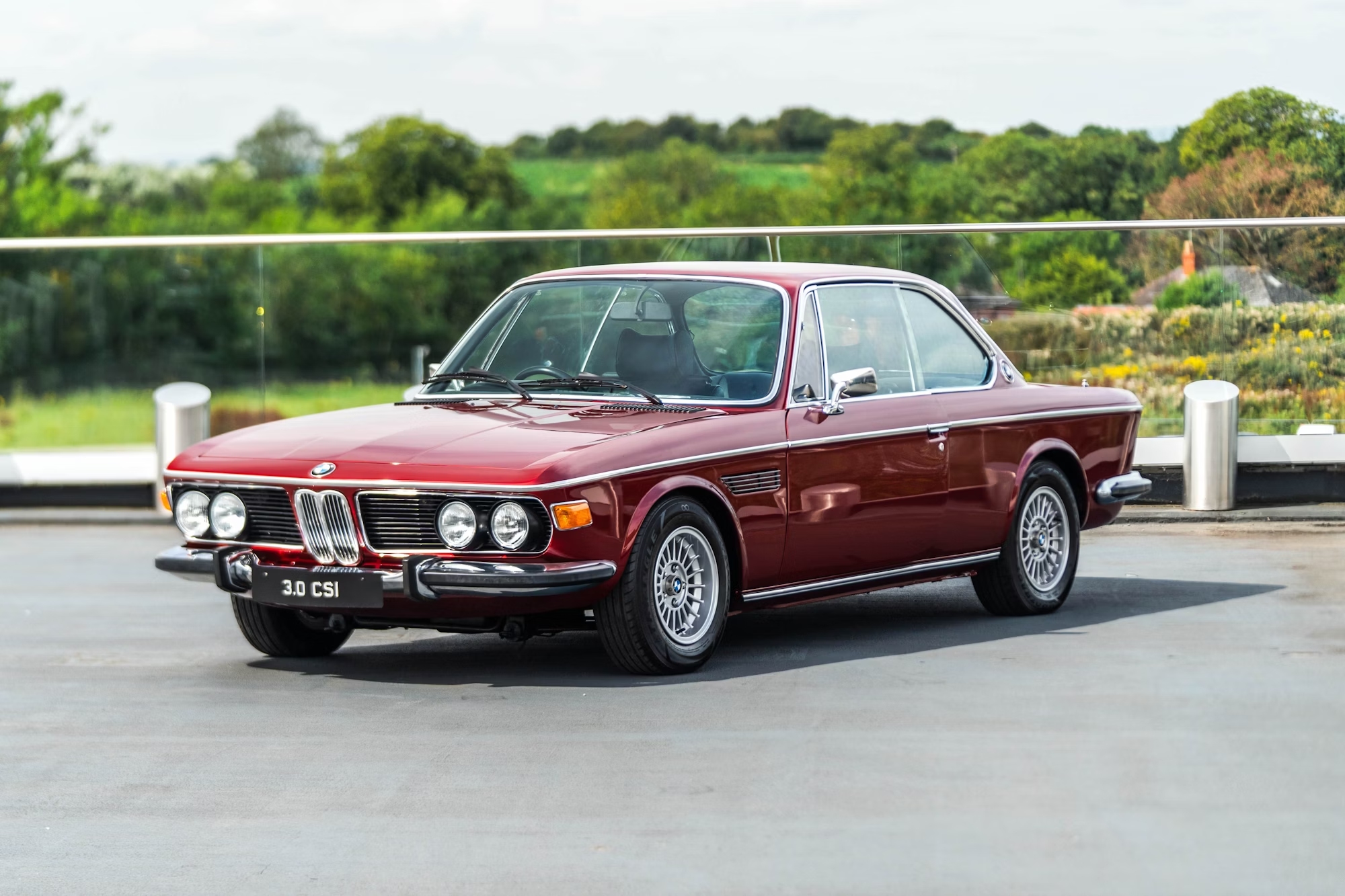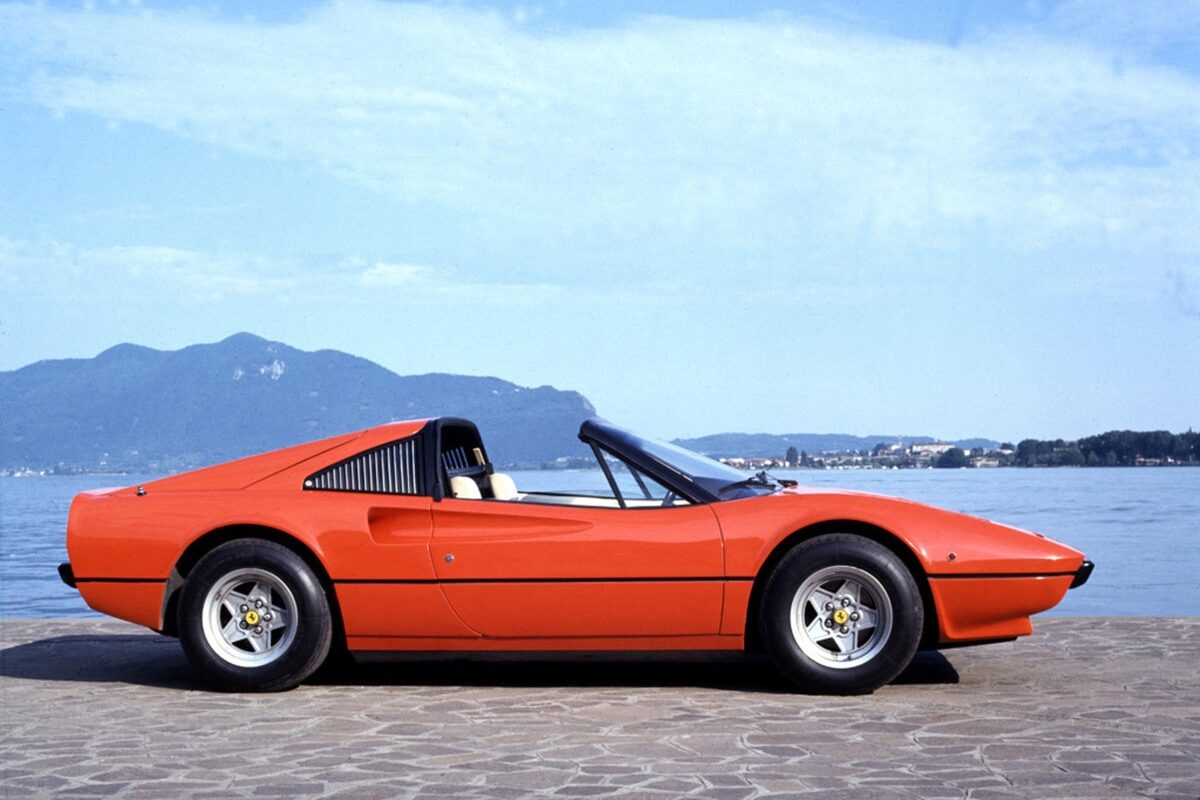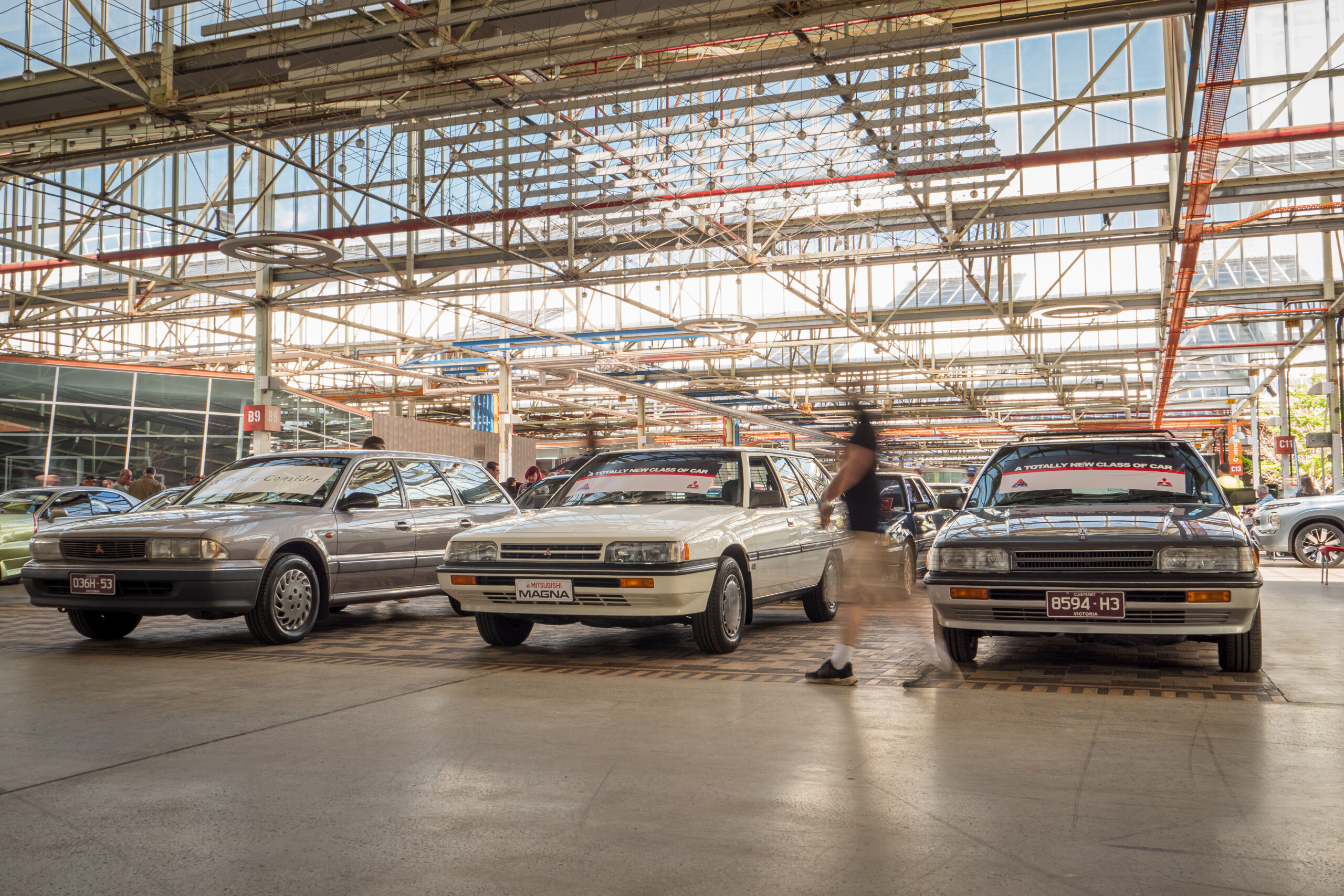At the time of its arrival, the Datsun 1600’s spec sheet read more like that of a BMW than any of its Japanese contemporaries
Before 1969, Australia’s Medium Car market was largely the realm of machines with underperforming engines, crude beam-rear-axles, drum brakes, and sparse interiors. Then, along came the Datsun 1600.
The 1600 was a four-door sedan with bucket seats as standard equipment and such exciting innovations as through-flow ventilation, just like Ford’s Cortina! Unlike most of its rivals, the ‘Datto’ also boasted a good heater as standard and single-piece front windows without quarter vents.
More importantly, in place of pushrods and overhead valves, the 1600 came with a grunty 1.6-litre overhead-camshaft engine delivering 71.5kW. It also boasted disc brakes up front and independent rear suspension. Basically, the 1600’s spec sheet read more like a car created by BMW than any Japanese car maker.
Early 1600s, recognisable via their distinctive ‘clap hands’ windscreen wipers, had a final-drive ratio tall enough that when revved past 6000rpm on long a downhill run – such as Conrod Straight on Bathurst’s Mt Panorama, where the little Datsun took multiple class wins in the late 1960s and early 1970s – they would easily exceed 100mph (161km/h).
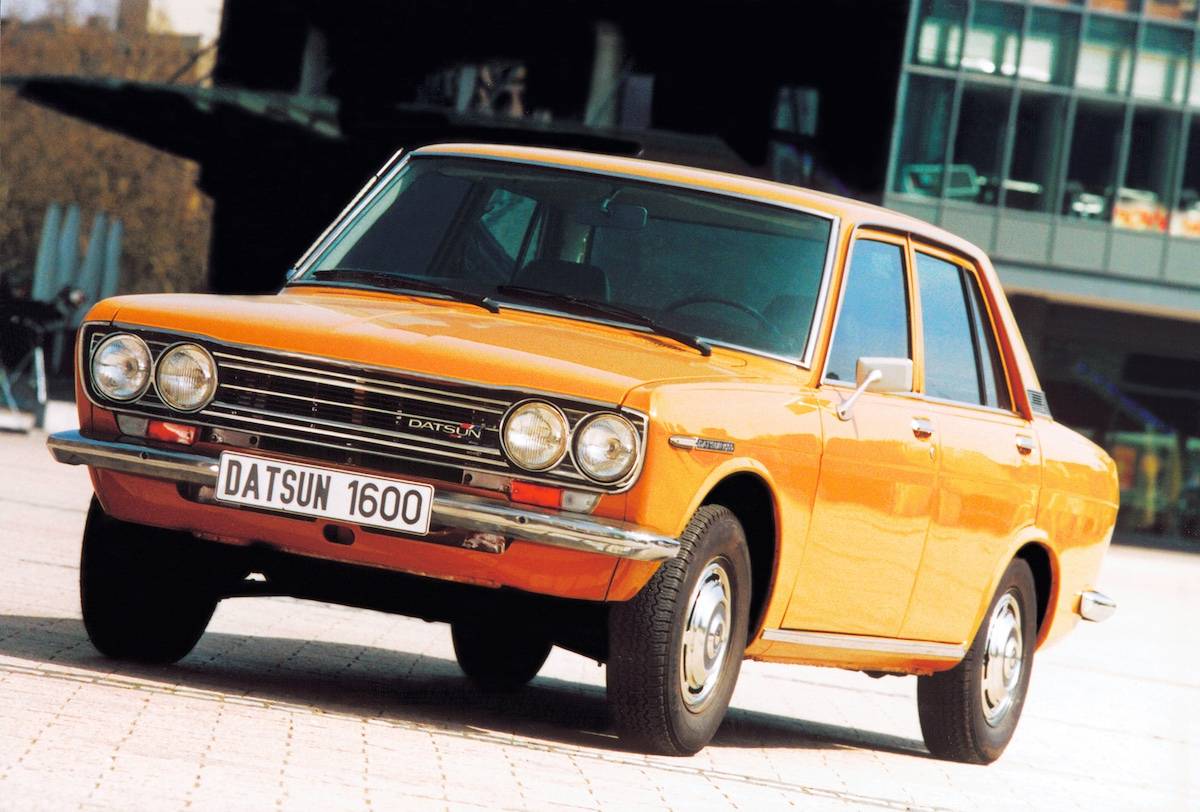
This boxy Japanese sedan out-performed and was better-equipped than anything within cooee of its price at the time
Rough outback roads allowed the light but strong 1600 to write itself into the annals of motorsport when in 1970 it shared victory in the Ampol Trial with a Citroen.
Only the arrival of Holden’s potent Torana XU-1 stopped it winning an Australian Championship, something which drivers using modified 1600s eventually did during the 1980s. At Club level and in Historic events, the ‘Datto’ to this day remains a serious contender.
A three-speed automatic transmission became an option in 1970, adding $250 to the basic price of $2390. Automatic cars sold well but survivors have become scarce; often after being converted to manual using a later five-speed gearbox.
Australia missed out on SSS versions of the 1600 sedan offered in Japan and the sleek ‘510’ two-door Coupe. However, these do pop up for sale occasionally as private imports.
Aussies love a family wagon and in 1971, Datsun brought us a 1600 version. Due to engineering issues, the independent rear-end couldn’t be accommodated so the wagon made do with conventional leaf springs at the back. These little wagons offer lots of room for their size and are worth a look if you want a ‘family classic’.
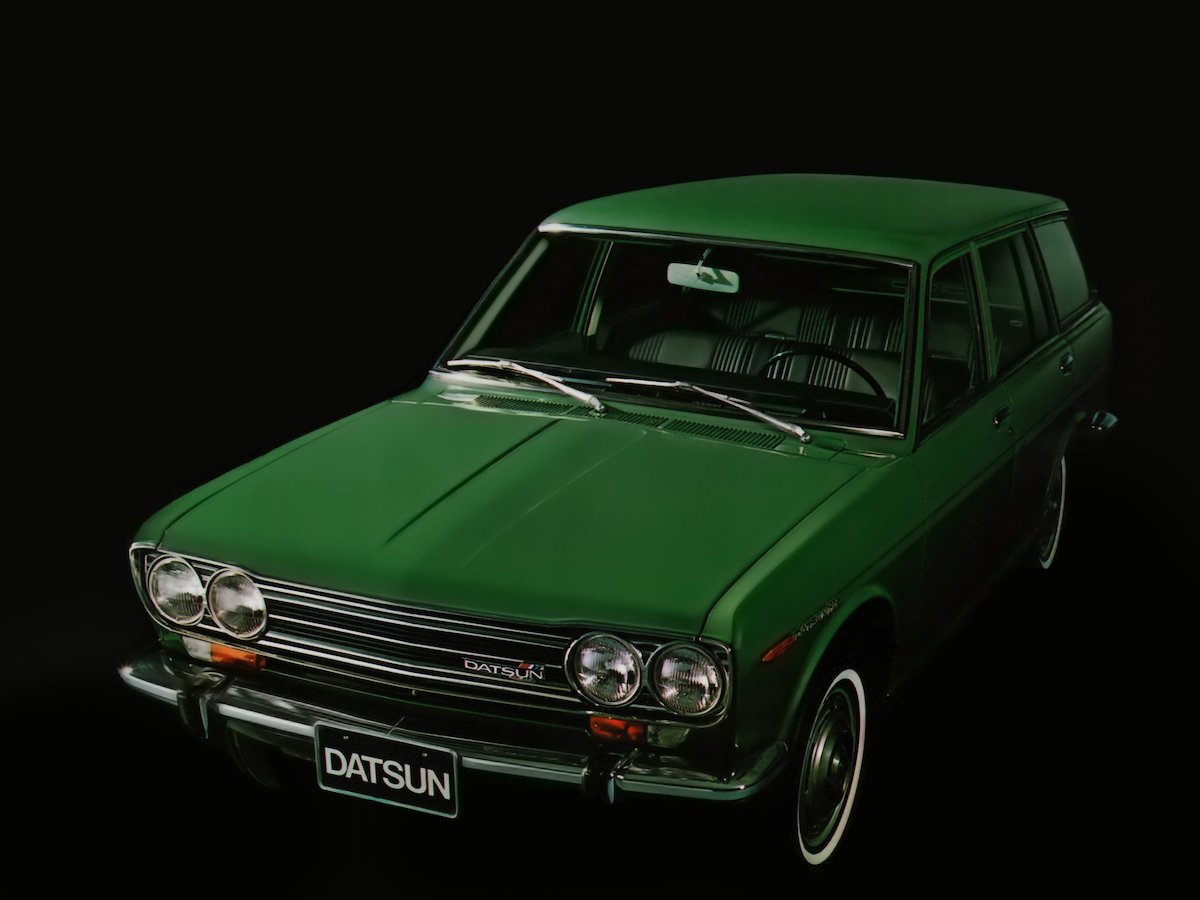
A range of body styles including a two or four-door sedan, two-door coupe and a wagon were available
Late 1972 brought the 1600’s reign to an end but with an estimated 50,000 sold, used ones could for many years be found in ‘bargain’ car yards across the country.
If only we had thought back then to hide away some decent-looking survivors and not turn them into rally cars, because finding a stock 1600 today has become very difficult.
Early cars are the ones that appeal to collectors most and will likely bring the biggest money. If you find one of these that has been well preserved and is rust free, expect to pay more than $40,000.
Easier to find but still costing $30,000-plus are 1969-72 models. These may have been modified with 1.8 or 2.0-litre engines, non-standard carburettors and perhaps a five-speed gearbox. Changes to the wheels, suspension and brakes, including addition of rear discs, are common as well.
However, it will be the cars in close to stock condition that will continue to bring the highest prices and are destined to carry the Datto legend into the second half of this century.
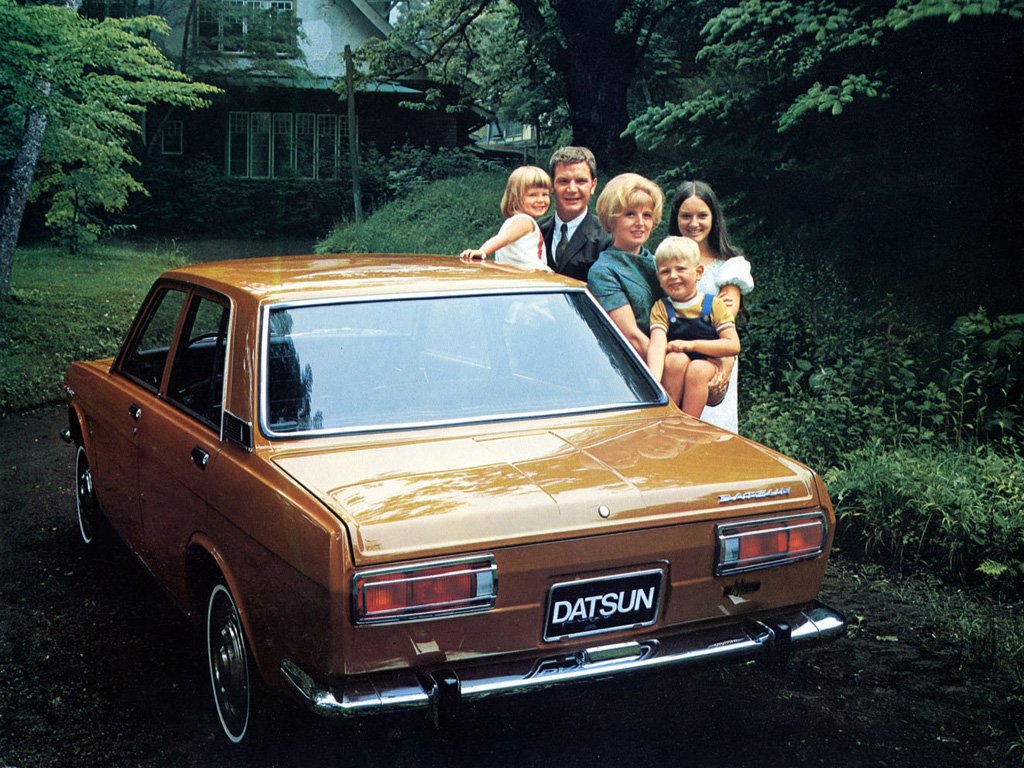
Despite its diminutive size by modern standards, the 1600 was a proper family car in its era
Things To Watch Out for When Buying a Used Datsun 1600 (1968-72)
-
Modified cars, despite money spent on them, can be less valuable than those that remain original
-
Rust around window apertures, in sills, cabin and boot floors
-
Valve train noise due to worn camshaft and lifters
-
After-market carburettors not properly matched to the engine
-
Clicking noises from worn rear half-shafts
-
Sloppy steering due to structural cracks allowing the steering box to move
-
Original bucket seat frames crack as do the plastic dash tops
Valuation Timeline: Datsun 1600 (1968-72)
-
1985$1,600
-
1995$3,200+100%
-
2005$6,250+95.31%
-
2010$8,500+36%
-
2014$11,500+35.29%
-
2020$24,000+108.7%
-
2025$32,000+33.33%1970-72 Sedan

